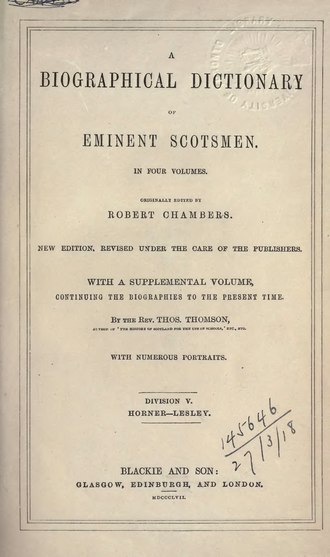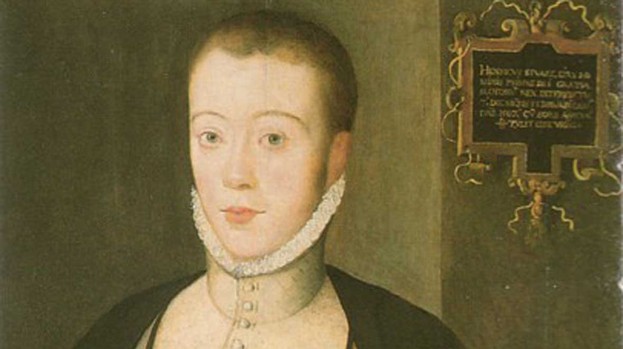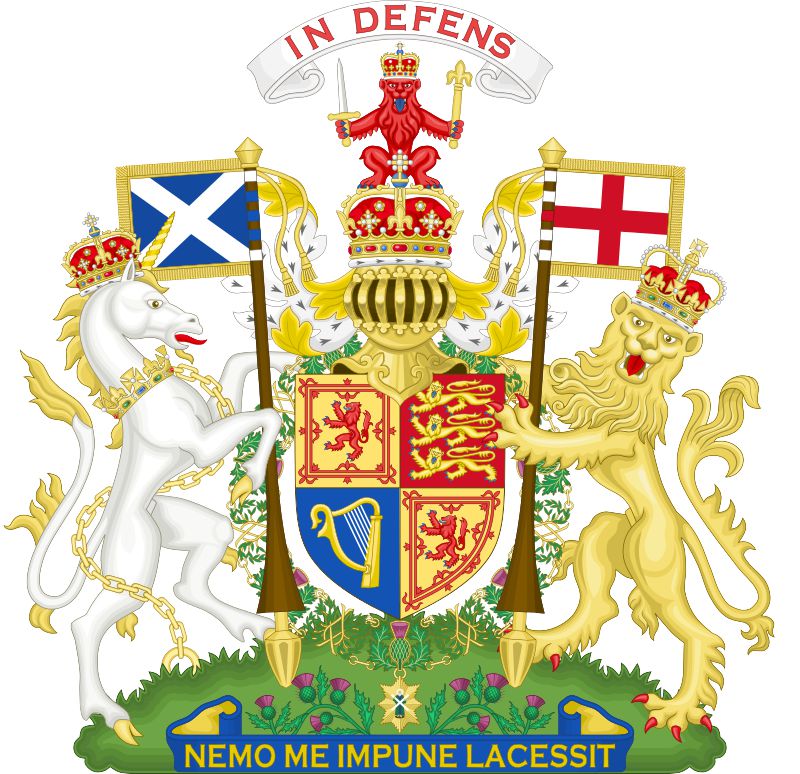The
Cambridge Dictionary defines the term ‘reputation’ as ‘the
opinion that people in general have about someone or something, or
how much respect or admiration someone or something receives, based
on past behaviour or character’.
According
to the fount of all knowledge that is Wikipedia, the
reputation
of a person, social group, organisation, or place results from social
evaluation based on a set of criteria, such as behaviour or
performance.
Think
for a moment of the current (July 2022) political scene in the UK.
Boris Johnson has lost his position as leader of the Conservative
party and Prime Minister: his reputation became so sullied by his
evasions and lies that to continue was no longer tenable or
acceptable.

Rishi Sunak and Liz Truss are the
two remaining choices
to succeed him. Both were members of Johnson’s cabinet. Sunak, who,
like Johnson, was
issued with a fixed penalty notice for breaching
COVID-19 regulations during lockdowns, served most recently as
Chancellor of the Exchequer. When
he resigned
– the first of many leaving the Johnson government, culminating
with Johnson’s own resignation –
his
letter cited
the economic policy differences between himself and the
PM. Liz Truss currently serves as Foreign
Secretary. Both
are strong candidates, but will the Conservative party decide between
them purely on the basis of their policy statements? Or will their
reputations play a part, the opinions held about them based on their
behaviour and performance? Reputation can 'make or break' an individual, and is what has been described as a 'highly efficient mechanism of social control', that is, it can be one of the ways in which individuals are influenced to adhere to certain values, principles, and behaviours within a given society.

The term 'reputation' itself derives from re- and putare (from the Proto-Indo-European root pau-, to cut, strike, or stamp) together meaning 'to judge repeatedly', but by the 16th century it was understood to relate to the established opinion of someone's character. And of course, we must not forget that characters can be blackened and reputations harmed by the words and actions of others, not just the person themselves.
This is what I believe to have been the case regarding my 10th-great-grandfather, James Balfour, who was born around the year 1530 at Montquhanny, Cupar, Fife.

(The ruins of Montquhanny Castle)
When I first discovered that he was part of my family tree, I researched various online accounts of his life - and was amazed by what I found. It is said:
- that he was involved in the murder of Cardinal Beaton in 1546 and the subsequent Siege of St. Andrrews Castle, after which he was condemned to be a galley slave with John Knox and other Protestant opponents of the Catholic Queen Mary. (The captives were allowed by the French to 'escape' after 3 years);
- that he then denounced Protestantism, entered the service of the Queen's mother, Mary of Guise, and was rewarded with significant legal and court appointments;
- that he subsequently joined the 'Lairds 'o the Congregation' (Protestant nobels who opposed Queen Mary's marriage to the Catholic Dauphin of France) but betrayed their plans;
- that he drew up the Craigmillar Bond (a pledge to murder Queen Mary's second husband Lord Darnley) and arranged for Darnly to be lodged at his brother Robert Balfour's house, Kirk o'Field, where the murder took place;
- that having drawn up the contract for Mary's marriage to Lord Bothwell, he then (when Mary and Bothwell were defeated at Carberry Hill) changed sides and surrendered Edinburgh Castle (of which he was Governor) to Moray (Mary's half-brother and Regent for her son James) in return for a pardon, a priory, and a pension;
- that he betrayed Queen Mary to her enemies by giving them the Casket Letters (supposed proof that she and Bothwell conspired in the murder of Darnley) and intercepted money sent from France for her aid;
- that by 1573 he was so distrusted by all parties that he fled to France until 1580, when he returned to Scotland, now governed by King James VI himself.
There is more - but that's perhaps enough! On the plus side, James Balfour is described as the greatest lawyer of his day and author of various seminal works on contemporary Scots law.
However - and it's a big however - 'A biographical dictionary of eminent Scotsmen' (1857) edited by Robert Chambers and Thomas Napier Thomson, describes Balfour rather differently.
This is what they say.
'Balfour
was one of those servants of the state, who, being advanced rather on
account of merit than birth, used at all times to give great offence
to the Scottish nobility. It seems to have never been supposed by
this haughty class, that there was the least necessity for ingenious
or faithful service in the officials employed by majesty; birth and
following were the only qualifications allowed by them to be of any
value. Accordingly, it is not surprising to find that the same
conspiracy which overthrew the “kinless” adventurer Rizzio,
contemplated the destruction of Balfour…’
Chambers
and Thomson use the word ‘destruction’ to mean the intended
murder of Balfour (from which he fortunately escaped, otherwise I
would not exist!) but what was achieved over the years since then was
the destruction of Balfour’s reputation.
In
the course of my further research, I have identified at least some of James Balfour's
detractors. They include:
- John
Knox, who denounced Balfour in his ‘History’ (written for the
Protestant Lords) for abandoning his ‘former friends’, for
denying he was at St. Andrews or in the galleys, and for supporting
Mary of Guise against the Lairds
o’ the Congregation.
(John Knox)
- James
MacGill (Lord Rankeillor of Nether Rankeillour) whom Balfour
replaced in 1566 as Lord Clerk Register, a position which MacGill
had held for the previous 12 years. (In
1568 it
was MacGill,
not
Balfour, who was
one of those who produced the ‘Casket Letters’ at York, which
implicated both Queen Mary and Bothwell in Darnley’s murder.
Perhaps co-incidentally, MacGill’s wife Janet
Adamson was a noted Protestant who was in correspondence with John
Knox while he was in Geneva in 1557, and in 1584 she supported
William Ruthven, Lord Gowrie, in the failed plot to kidnap James VI,
for which she was banished from Edinburgh.)
(Bothwell and Queen Mary)
- Matthew
Stewart, 4th
Earl of Lennox (father
of Darnley and Regent 1570-1571)
who had supported
Cardinal Beaton for the regency for Queen Mary, and who
acted
against James Balfour with regard to Darnley’s murder.
(Lord Darnley)
- James
Douglas, 4th
Earl Morton (Regent 1572- 1581) who was one of the murderers of
Rizzio in 1556, and thus an intended murderer of James Balfour. As a
matter of interest, the title ‘Lord Pittendreich’, given to
Balfour by Queen Mary, was originally a title belonging to the
Douglas family – yet another reason for sour grapes?
(James Douglas, 4th Earl Morton)
Piecing
his life together, this is what I believe to be the nearest to the
truth about James Balfour that can, at a distance of five centuries,
be achieved:
- He
grew
up as a loyal Catholic, who was drawn in to the rebellion at St.
Andrews through one or more of his brothers;
- As
a loyal Catholic, it was natural for him to serve Mary of Guise and
her daughter Queen Mary;
- He
was the scapegoat over the murder of Darnley, for the sake of one or
both of his brothers, Robert and Gilbert;
- He
supported Bothwell (a Scotsman) over Darnley (an Englishman) because
he was a Scottish loyalist first, and a Catholic second;
- He
loathed the conflicts between Catholics & Protestants, hence
negotiating the Pacification of Perth, putting Scotland’s needs
before his own preferences;
- He
could not support Morton’s regency and therefore temporarily
removed himself to France (although returning to Scotland often enough to beget at least two children);
- His
reputation for duplicity was false, contrived
by his detractors, and
was in
any case invalidated
not least by the restoration of his titles and lands, and being
received at court by King
James
VI.

(King James VI of Scotland)
James
Balfour lived during turbulent times, when religion and politics were
inseparable. He achieved positions of power and authority, and was
respected as a judge and juridical writer.
He died sometime between 1581 and 1584, and was survived by his
wife, Margaret (who subsequently married Robert Melville, Sheriff of
Mearns), four sons, and four daughters, all of whom married well –
which is unlikely to have happened had he been a duplicitous traitor.
His
eldest son, Michael, became a member of the Scottish Privy Council,
served as Scottish Ambassador to the Grand Duke of Tuscany and the
Duke of Lorraine, and was raised to the peerage as Lord Balfour of
Burleigh.
His second son (named James like his father) was feuar of
Pitcullo, and then became one of the chief undertakers in the
Plantation of Ulster and was created Baron Balfour of Glenawley.
I
have no such claims to fame, power, or position, but I am proud that
James
Balfour, Lord Pittendreich,
was my
10th
great grandfather, and it was because of him that I began to write what is now 'The Ancestor Series' - stories losely based around the lives of my forebears.
To
those who remain unconvinced by my argument on James Balfour's behalf, I simply
say: honi
soit qui mal y pense!
(The Royal Coat of Arms of Scotland bearing the mottoes
'In defence' and 'No-one will attack me with impunity'.
Hear, hear!)













